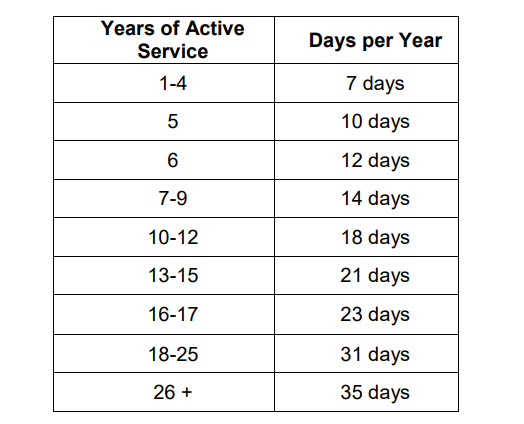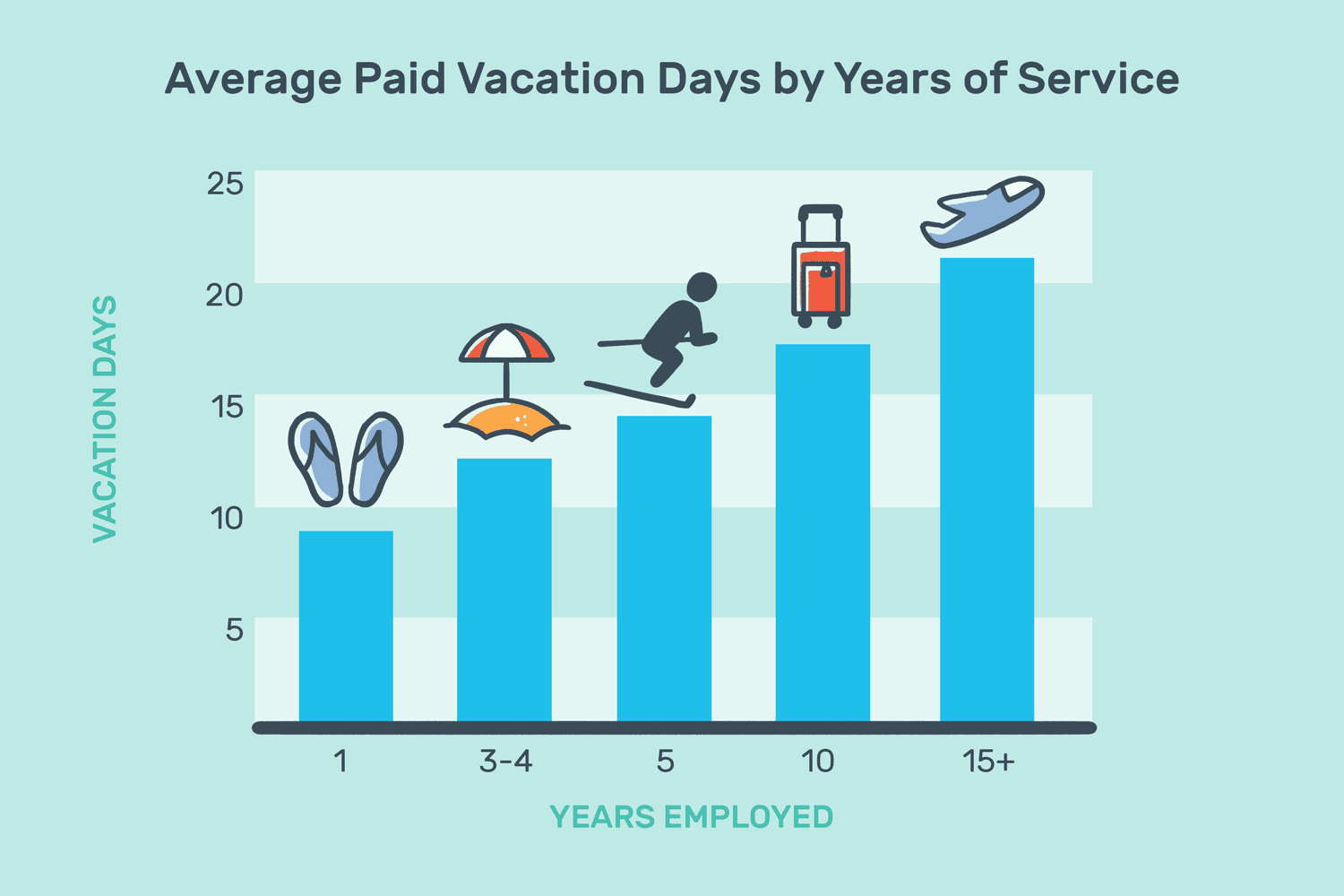Table of Contents
ToggleVacation accrual is a fundamental aspect of employee benefits, ensuring workers have the opportunity to rest and recharge. The rules for vacation accrual can vary widely depending on the company, industry, and jurisdiction. This article provides a comprehensive overview of vacation accrual policies, including how they work, common practices, and legal considerations.
What is Vacation Accrual?
Vacation accrual is the process by which employees earn vacation time based on the length of their employment. Instead of receiving a lump sum of vacation days at the start of the year, employees accrue vacation days incrementally. This approach helps companies manage time off effectively and ensures that vacation time is earned in proportion to time worked.
Day Off
The #1 tracker for your team’s PTO, vacations and absences, Day Off will help you track your team’s leaves and absences in one place. In seconds you will set up your leave policies, approval workflow and enjoy a unique experience. The “Day Off” app concept revolves around providing users a platform to manage their personal, sick, and vacation days more effectively. features aimed at both individual employees and organizations.
- Employees can track their balances up to date information about their available time off.
- You can add unlimited numbers of employees.
- Supports various leave types (e.g., annual, sick, maternity/paternity leave) and Supports Days and Hours balance, you can add unlimited numbers of leave types and leave policies.
- You can Customize week starting day settings according to your company’s operational days.
- Setting up public holidays specific to your country or region, by importing holidays from Google.
- The app can integrate with ( Slack, Google Kalender, Outlook Calendar and Teams)
- Supports Accruals & Carry overs.
Common Vacation Accrual Methods
1. Annual Accrual:
Employees receive a set number of vacation days each year. For example, an employee might receive 15 days of vacation per year, which are added to their balance at the start of the year.
2. Monthly Accrual:
Vacation days are accrued on a monthly basis. If an employee is entitled to 12 vacation days per year, they would accrue one day per month.
3. Bi-weekly Accrual:
This method ties vacation accrual to pay periods. For instance, if an employee earns 26 vacation days per year and is paid bi-weekly, they would accrue one vacation day per pay period.
Accrual Rates and Tenure
Many companies adjust accrual rates based on the length of an employee’s service. This approach rewards loyalty and incentivizes long-term employment. Here’s a typical example:
- 0-1 year of service: 10 days per year (0.83 days per month)
- 1-5 years of service: 15 days per year (1.25 days per month)
- 5+ years of service: 20 days per year (1.67 days per month)

Pro-rated Accrual
New employees often accrue vacation time on a pro-rated basis during their first year. This means that if an employee starts midway through the year, they will accrue vacation time proportional to the remaining months.
Accrual Caps
To prevent excessive accumulation of unused vacation days, many companies impose a cap on vacation accrual. Once the cap is reached, employees stop accruing additional vacation days until they use some of their existing balance. For example, a company might cap accrual at 30 days. If an employee has 30 days of unused vacation, they will not accrue more until they reduce their balance.
Carryover Policies
1. Limited Carryover:
Some companies allow employees to carry over a limited number of unused vacation days to the next year. For example, employees might be allowed to carry over up to 10 days.
2. Use-It-or-Lose-It:
Under this policy, unused vacation days expire at the end of the year. This encourages employees to use their vacation time within the year it is earned.
Zulassungsverfahren
Vacation time typically requires advance approval from supervisors or managers. This process ensures adequate staffing and operational continuity. The specific process can vary but generally involves submitting a vacation request form or using an online system.
Payout on Termination
Many jurisdictions and companies have policies regarding the payout of unused vacation time upon an employee’s termination. This ensures that employees are compensated for earned but unused vacation time. Policies can vary:
- Pro-rated Payout: Employees receive a payout based on the proportion of the year they worked.
- Full Balance Payout: Employees receive a payout for the entire balance of their accrued vacation time.
Legal Considerations
Vacation accrual policies must comply with local and national labor laws. Here are some considerations:
1. Local and National Regulations: Different countries have various laws regarding vacation time. For instance, the European Union mandates a minimum of four weeks of paid vacation per year, while U.S. laws do not require paid vacation, leaving it to the employer’s discretion.
2. Fair Labor Standards Act (FLSA): In the United States, the FLSA does not mandate paid vacation. However, state-specific regulations might impose certain requirements. Employers must stay informed about the laws applicable in their jurisdiction.
Best Practices for Employers
To ensure fair and effective vacation accrual policies, employers should:
- Communicate Clearly: Provide employees with clear information about how vacation accrual works, including rates, caps, and approval processes.
- Review Regularly: Periodically review and adjust vacation policies to align with industry standards and legal requirements.
- Encourage Use: Promote a culture that encourages employees to use their vacation time for rest and rejuvenation.
- Utilize Technology: Implement HR software to track vacation accrual and usage accurately.
Example of a Vacation Accrual Policy
ABC Corporation’s Vacation Policy:
- Accrual Rate: Employees accrue 1.25 vacation days per month (15 days per year).
- Tenure-Based Increases: After 3 years, employees accrue 1.5 days per month (18 days per year). After 7 years, they accrue 2 days per month (24 days per year).
- Accrual Cap: Maximum accrual is 30 days. Once this cap is reached, no additional days are accrued until some vacation time is used.
- Carryover: Up to 10 unused days can be carried over to the next year.
- Payout: Unused vacation is paid out upon termination based on the current accrual balance.
By adhering to these guidelines, employers can create a fair and efficient vacation accrual system that benefits both the organization and its employees.
